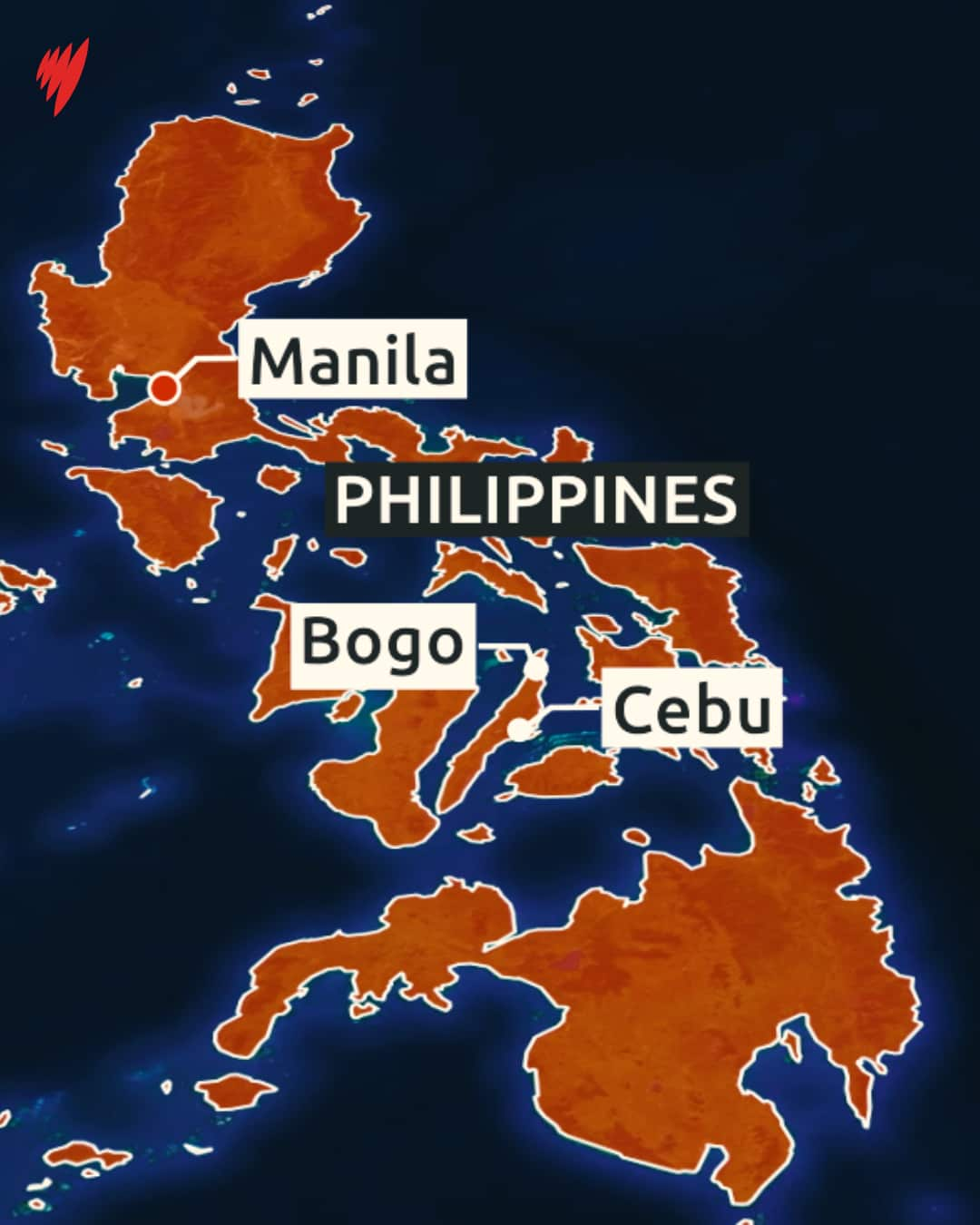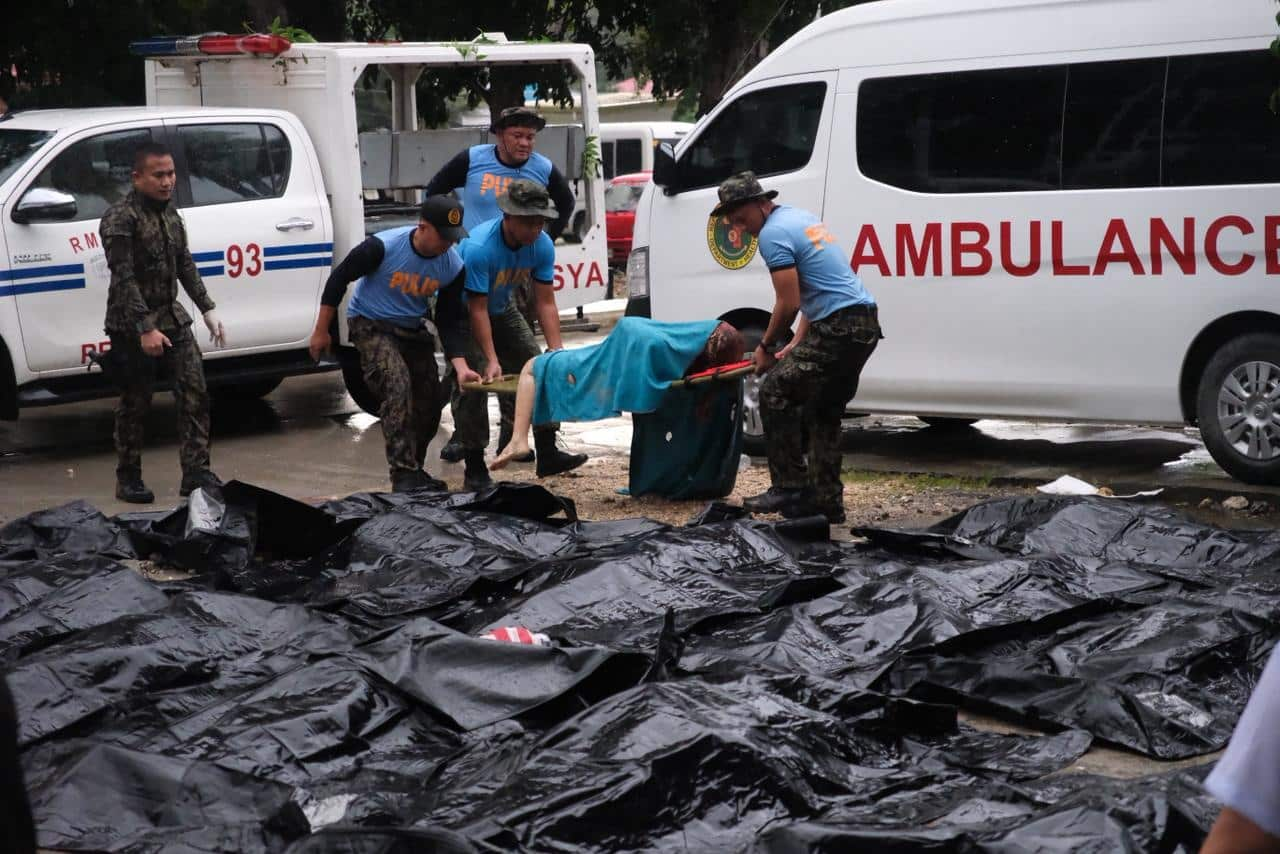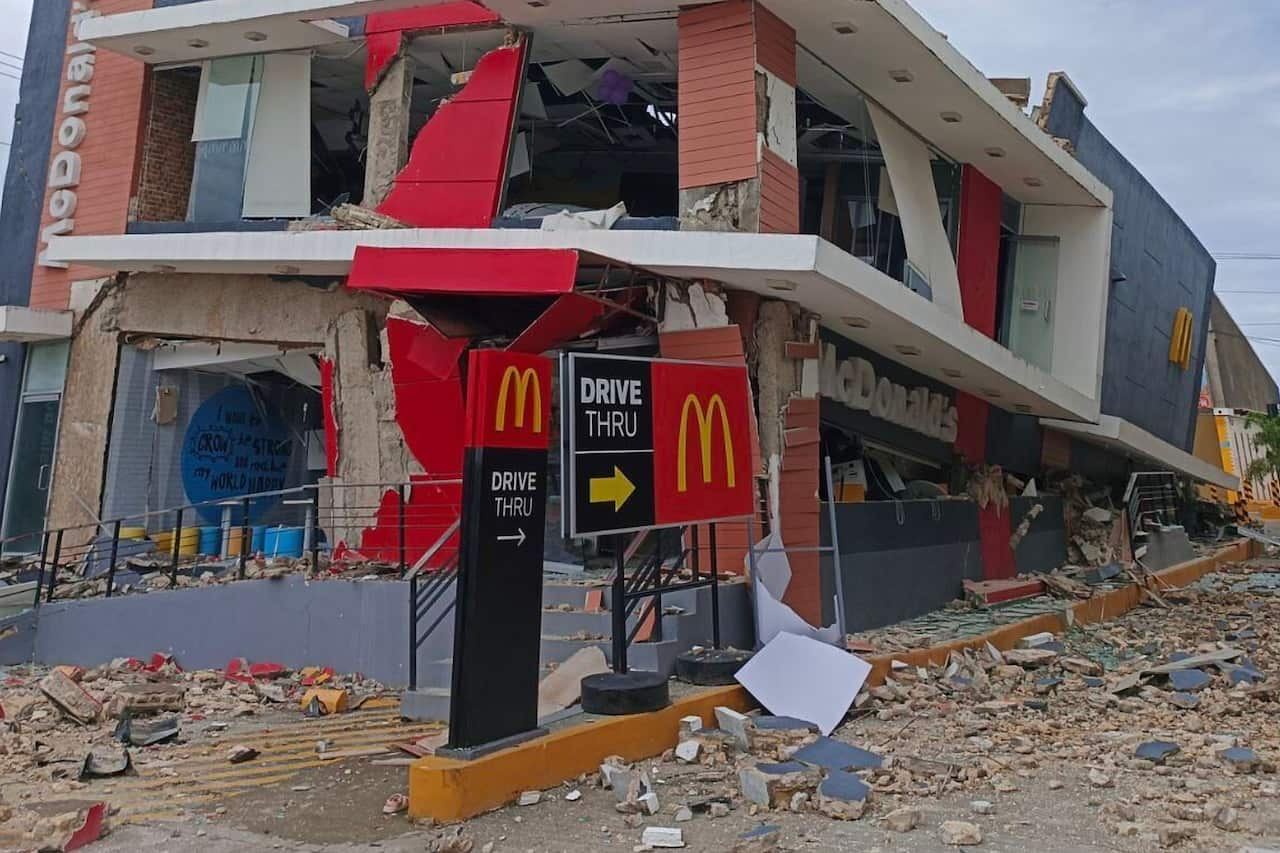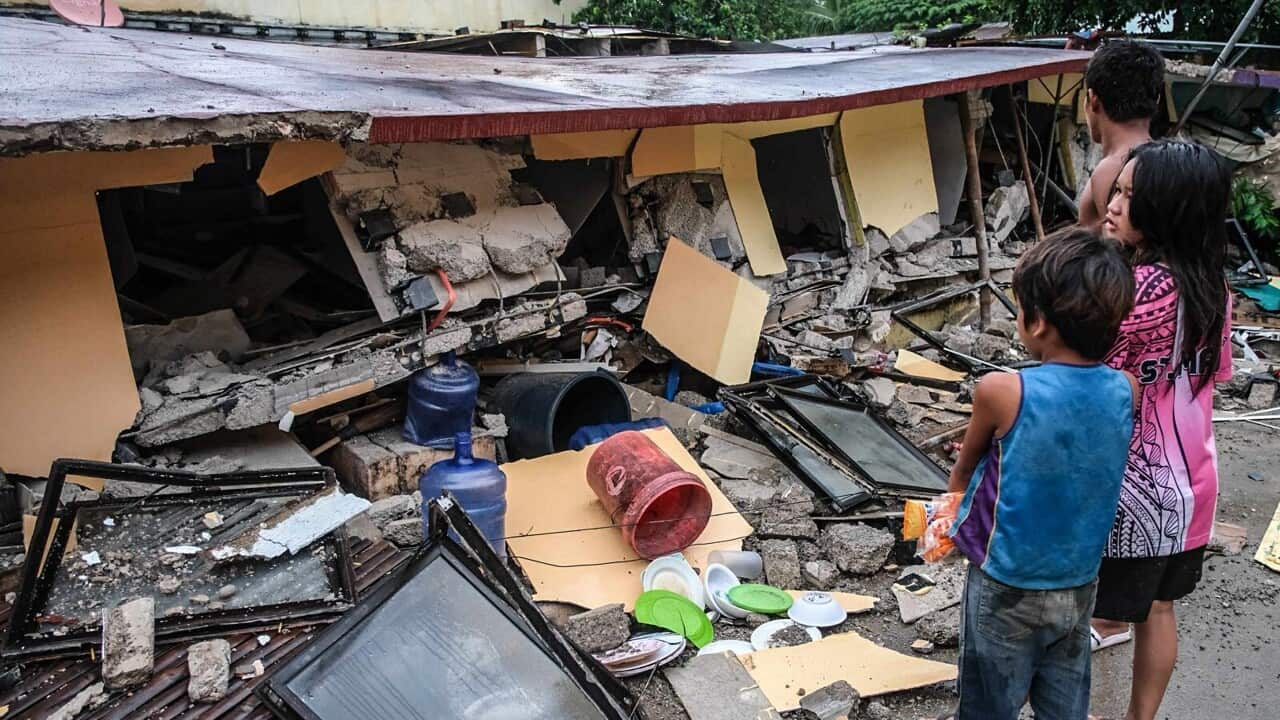Seventy-two people have died after a powerful earthquake hit central Philippines on Wednesday AEST, with injured patients overwhelming hospitals on the island of Cebu.
The shallow quake struck off the island's northern end near Bogo, a city of 90,000 people, according to the US Geological Survey.
The civil defence agency said on Thursday at least 72 people have died, three more people than an earlier toll on Wednesday. All fatalities were recorded in the central Visayas region.
Another 294 people were injured, the agency said.
Injured children cried and adults screamed while receiving treatment on beds laid out beneath blue tents on the driveway of the Cebu Provincial Hospital in Bogo.

The shallow quake struck off Cebu island's northern end, near Bogo. Source: SBS News
Nearby, hospital workers carried black body bags on stretchers into vans that would take them to local mortuaries.
The Bogo city hospital had been "overwhelmed", civil defence deputy administrator Raffy Alejandro said.
'The mall started shaking'
Richard Guion, his left elbow heavily bandaged, recounted how he and his wife, who had a broken foot, were dug from under the collapsed concrete wall of their home by their 17-year-old son, who had been playing outside with his mobile phone when the quake struck.
"When the cement collapsed, I called out to him," 39-year-old Guion said, adding he was thankful his son ignored his earlier order to go to bed early.
Rescuer Teddy Fontillas, 56, told Agence France-Presse that he had not slept a wink, adding some patients had to be transferred to other hospitals because the one in Bogo was already overcrowded.
"I'm already struggling, but what we are doing is necessary to help our patients," he said.
"Because of the high volume of patients with serious injuries, the medical staff tended to some of them outside the hospital," Cebu provincial governor Pamela Baricuatro posted on her official Facebook page.

The Bogo city hospital had been "overwhelmed", an official from the civil defence agency said. Source: EPA / Juanito Espinosa
"I heard a loud booming noise from the direction of the church, then I saw rocks falling from the structure. Luckily, no-one got hurt," Martham Pacilan, 25, who was nearby when the belfry collapsed, told AFP.
Local television showed riders being forced to dismount from their motorcycles and hold onto the railings as a Cebu bridge violently rocked.
Buildings were damaged as far as Cebu city, 100 kilometres to the south, where online shoe merchant Jayford Maranga, 21, hid under a restaurant table to avoid being struck by the collapsing metal ceiling of a shopping mall.
"My friend and I ate at the food court near closing time, and then, bang! It was as if the Earth stopped spinning. And then the mall started shaking," Maranga told AFP, adding his friend was slightly injured.

Officials said people could be trapped beneath collapsed buildings. Source: AP / Rufino Alub
"There could be people trapped beneath collapsed buildings," provincial rescue official Wilson Ramos told AFP.
The Cebu quake was the country's deadliest since at least 2013, when a 7.2-magnitude earthquake struck the neighbouring island of Bohol, killing 222 people.
Quakes are a near-daily occurrence in the Philippines, which is situated on the Pacific "Ring of Fire", an arc of intense seismic activity stretching from Japan through Southeast Asia and across the Pacific basin.
Most are too weak to be felt by humans, but strong and destructive ones come at random, with no technology available to predict when and where they might strike.
Share

